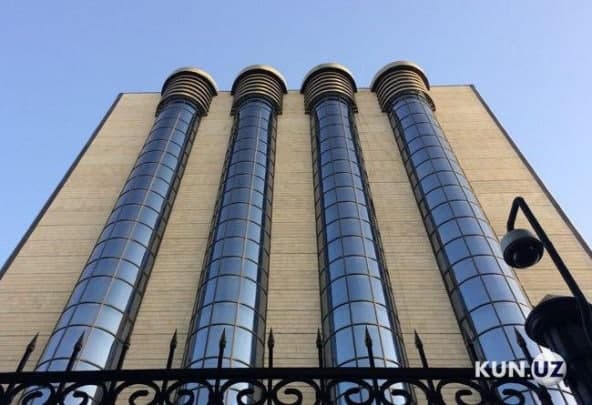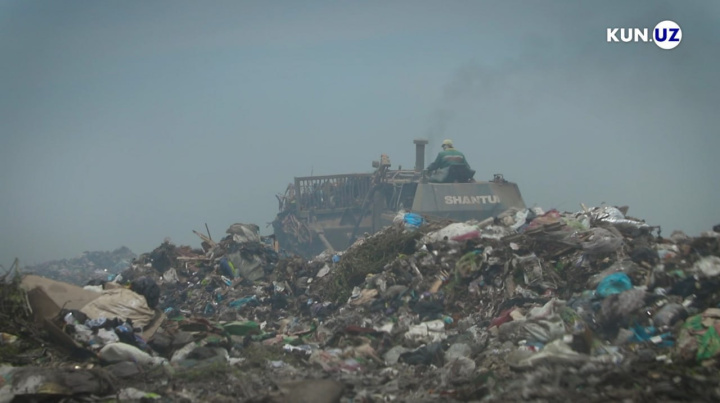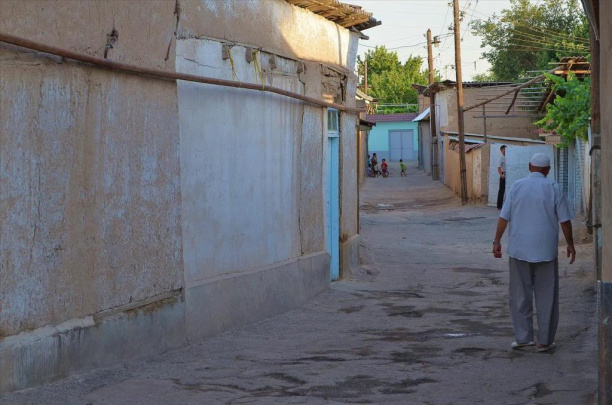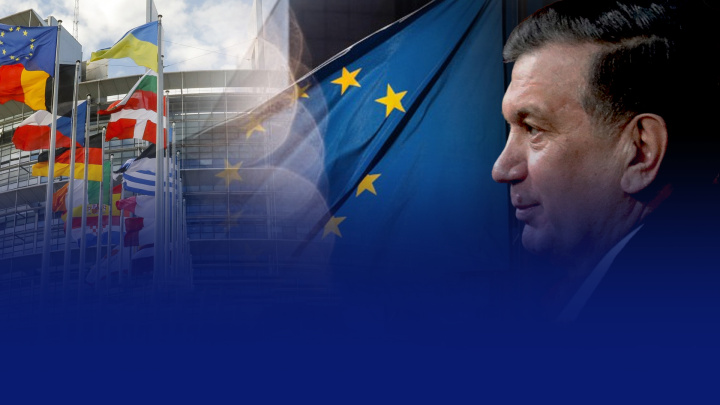Inflation will continue to decline in 2022, perhaps even more than the Central Bank expects, Spot reports referring to the review of monetary policy from the regulator.
Moderately tight monetary conditions, maintained under the baseline scenario of the Central Bank, combined with a slowdown in core inflation, will allow reaching an annual target in the range of 8-9%. Previously, the target figure was 9%.
At the same time, significant external risks remain – the pandemic situation, rising prices for raw materials and energy carriers, a slowdown in the global economy while inflation is accelerating around the world.
Inflationary expectations declined in December after three months of growth. As the Antimonopoly Committee’s measures helped bring down gasoline prices, concerns about imported goods came to the fore.
According to the State Statistics Committee, inflation over the past year was 10% – as predicted by the CB head Mamarizo Nurmatov. This is the minimum for the last 5 years.
Growth in prices for non-food products and services somewhat accelerated in the last quarter (to 7.8%), but remained below the level of 2020. The main reason for this was the jump in gasoline prices, as well as problems with logistics.
However, food prices have become the main driver of headline inflation despite slowing growth (13% in 2021 vs. 15.3% in 2020). Flour, poultry meat, eggs, milk, fruits and vegetables (except for bananas, lemons and carrots) have especially risen in price.
As noted earlier, the devaluation of the soum against the US dollar over the past year reached a minimum for 3 years, amounting to only 3.4%. The main role in this was played by the growth of foreign exchange earnings from exports ($16.4 billion) and remittances ($8.1 billion), and, consequently, supply in the foreign exchange market.






